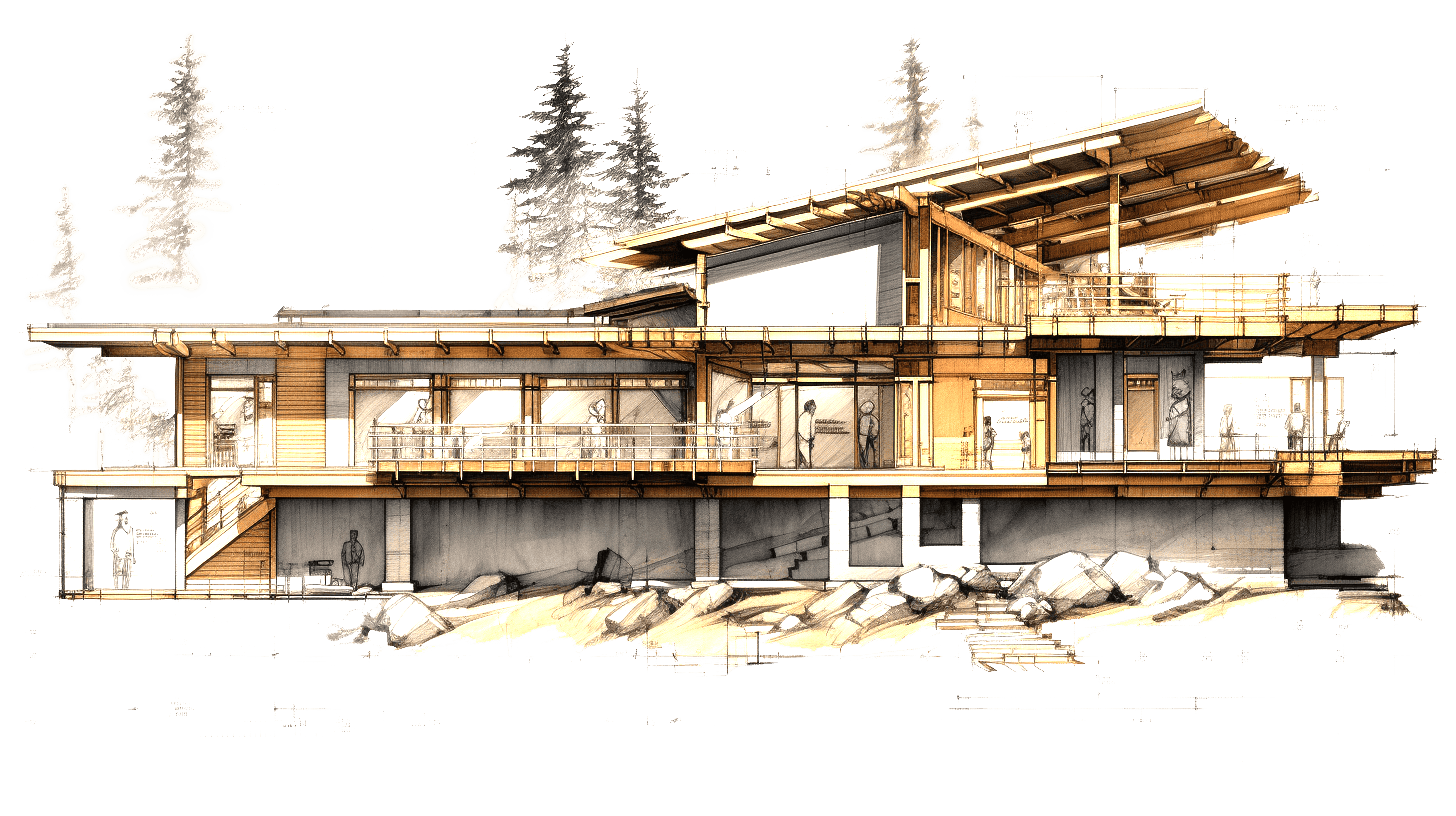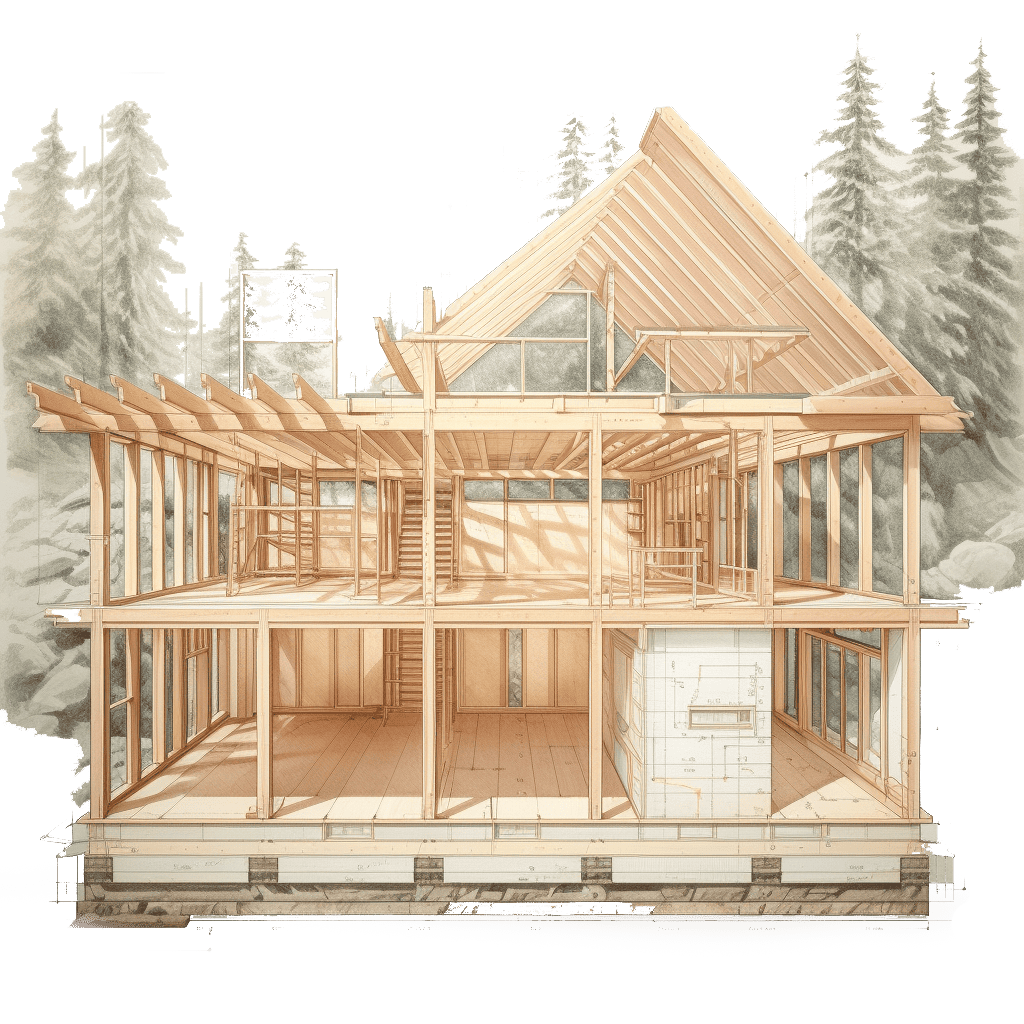
When constructing footings for wooden buildings in Canada, adherence to national and local building codes, climate considerations, and proper structural design are paramount. Here’s a detailed classification of tips for footing construction:

By following these guidelines, and ensuring continuous collaboration with structural engineers, architects, and construction professionals, the footings for your wooden building project in Canada will be well-equipped to support the structure effectively for its intended lifespan.

